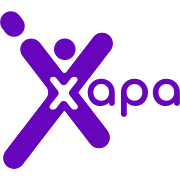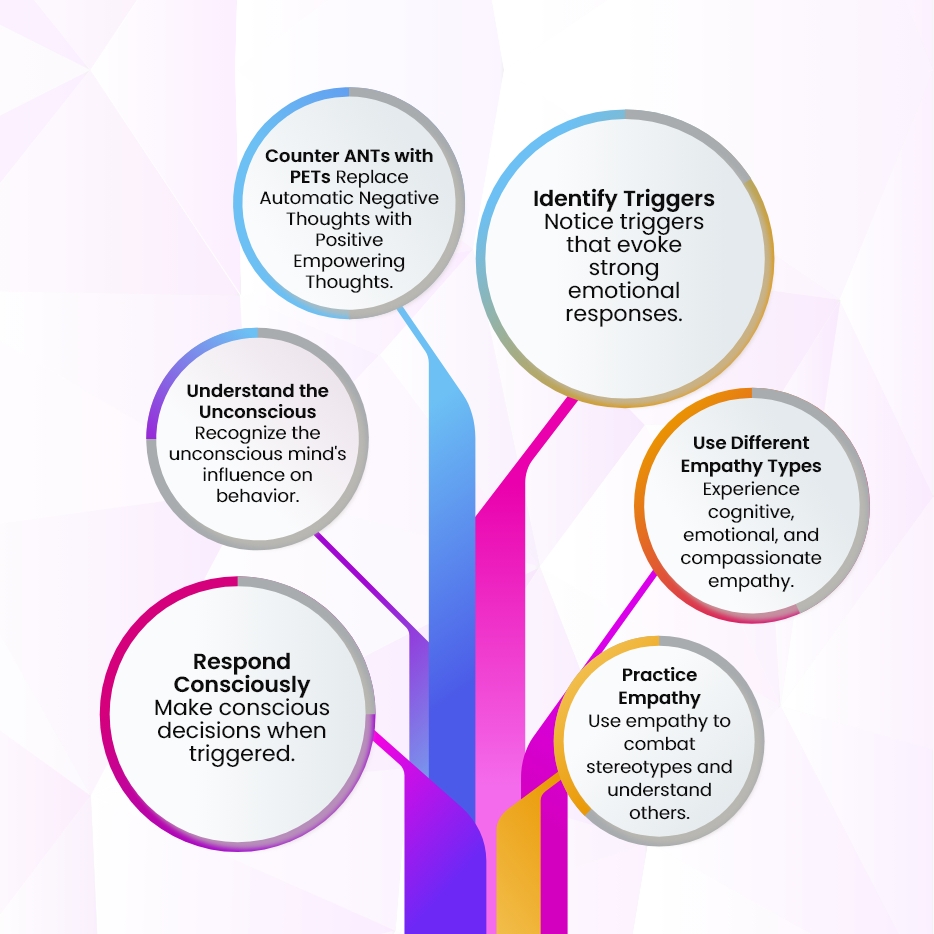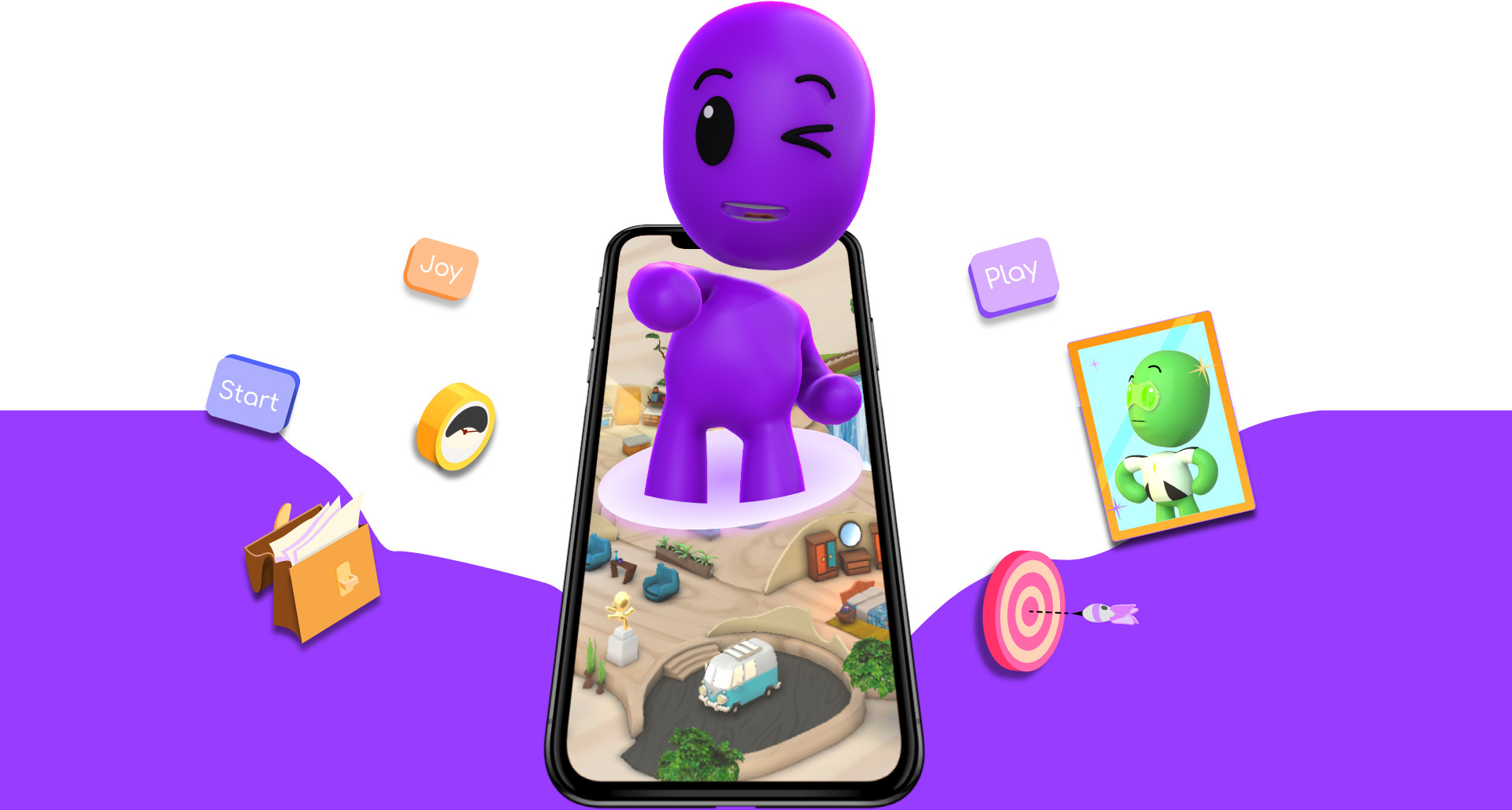Blogs
Surfacing Bias and Triggers: A Path to Better Business Decisions
Biases are an inherent part of human nature, shaped by our experiences, culture, and environment. At Xapa, we believe that recognizing and managing biases is essential for fostering better decisions in teams and businesses.
Understanding Biases and Triggers
Biases influence our emotions and behaviors, often unconsciously. Here’s how to identify and address them:
1. Unconscious Mind: Holds hidden thoughts and opinions that silently shape your reactions.
2. ANTs (Automatic Negative Thoughts): Negative patterns that distort perceptions.
3. PETs (Positive Empowering Thoughts): Intentional positive thoughts that replace negativity and improve decision-making.
Triggers are personal, negative emotional responses to certain words, actions, or situations. Left unchecked, they can lead to poor decisions.
- Recognize Triggers: Stay aware of what provokes strong emotional reactions.
- Pause Before Reacting: Intervene between the trigger and your response to avoid reinforcing biases.
Overcoming Stereotypes
Stereotypes are mental shortcuts that oversimplify and generalize groups of people. While natural, they can lead to harmful and inaccurate judgments.
- Acknowledge Stereotypes: Recognize them as cognitive processes, not moral failings.
- Use Empathy: Practice understanding others’ perspectives to counter biases and build deeper connections.
Building Habits for Inclusivity
Cultivate these habits to foster respect and inclusivity in your environment:
1. Challenge ANTs: Reframe negative thoughts into constructive ones.
2. Practice PETs: Regularly engage in positive self-talk to shift perspectives.
3. Identify Biases: Actively uncover how unconscious influences shape your decisions.
4. Manage Triggers: Recognize and respond to emotional triggers thoughtfully.
5. Develop Empathy: Use cognitive, emotional, and compassionate empathy to connect with others.
Xperience It for Yourself
Complete the “Surfacing Bias and Triggers” Xperience in the Xapa World mobile app. Gain insights into your own biases, practice managing triggers, and build a more respectful, inclusive environment.
Acknowledging and addressing bias helps create better workplaces—and a better world.



